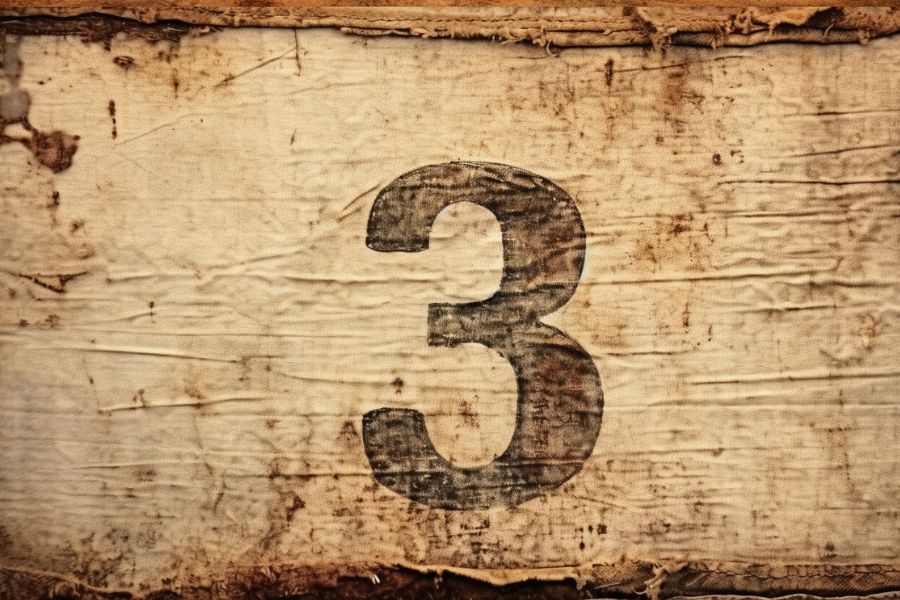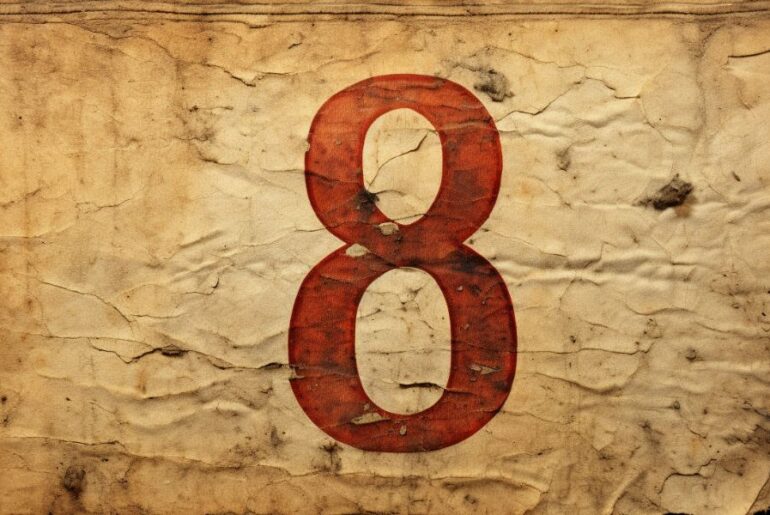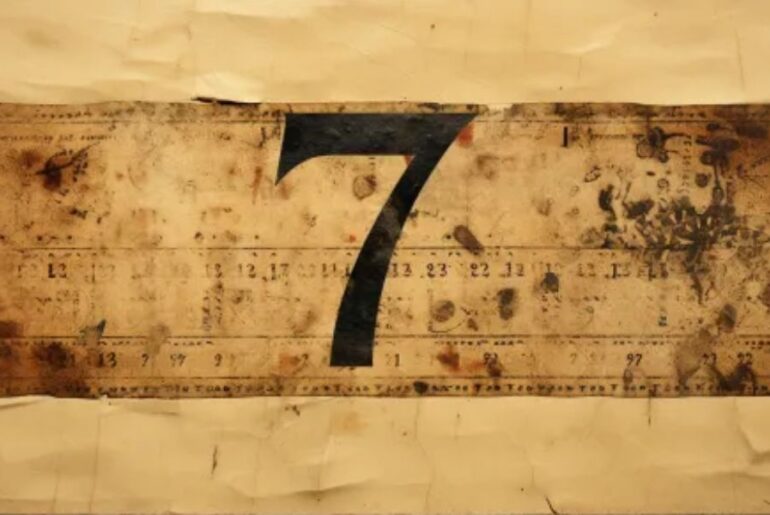Three is a number that echoes throughout history, myth, and mysticism. The allure of 3 has captivated mathematicians, philosophers, and spiritual seekers for millennia. Where does this fascination stem from? Let’s decode the Significance of the Number 3.

A Prime Among Primes
First, three is a prime number. Primes are the atoms of mathematics – they cannot be divided except by 1 and themselves. Remarkably, 3 is the only prime that remains prime when its digits are added or multiplied (3+3=6, 3×3=9).
This speaks to 3’s indivisibility. It cannot be broken down or reduced. 3 stands solid, whole, and uniquely itself. For a number representing multiplicity and creativity, it retains a sense of individuality.
Like prime numbers, the essence of 3 cannot be constructed from simpler ingredients. Its properties arise from within, hinting at hidden depths beyond the obvious.
An Omnipresent Pattern
Now consider 3’s ubiquity. It appears throughout designs, stories, symbols, natural phenomena, calendars, and religious texts. Three crops up everywhere from haiku to pop culture trios to the 3-act story structure.
What explains this repeated emergence? Is 3 simply convenient for balancing and symmetry? Or does its pattern point to deeper cosmic ordering principles?
Like a mysterious melody that keeps reappearing, 3 may be a background rhythm of reality. Its repetition signals that specific qualities resonate in threeness.
The Trinity Archetype
One ancient description of 3’s power is the trinity. Myths and religions worldwide contain divine trinities – the Greek Moirai, Hindu Trimurti, Christian Holy Trinity.
Why does the trinity archetype recur? Consider its essence: thesis, antithesis, synthesis. Beginning, middle, end. Birth, life, death. Past, present, future. The trinity maps the stages of all creative processes and life cycles. It suggests an order intrinsic to how reality unfolds.
In this light, 3 symbolizes comprehensiveness – capturing a complete process from start to finish. Yet its final stage also loops back to a new beginning, reflecting 3’s infinite creative potential.
Properties of Three
Looking deeper, we find 3 mathematically exhibits unique properties setting it apart from other numbers:
- Sum of first 3 integers (1+2+3 = 6)
- Number of sides on a triangle
- Angle measure of equilateral triangle (60 degrees)
- Number of spatial dimensions
- Sides on a square-based pyramid
- Trigonometric functions (sine, cosine, tangent)
Do these qualities contain secret clues about our existence? Perhaps the universe was destined for 3D structure, and trigonometric ratios hint at the deeper geometry underlying reality.
Symbol of Creativity
Now we see that 3 is strongly aligned with creation across cultures. Stories from around the world feature three prime creators or demiurges.
Why is 3 the number of making? Creation requires thesis + antithesis culminating in synthesis. Construction needs a beginning, middle, and end. Mastering any skill follows the 3 stages of theory, practice, and experience.
For a burst of creativity, we need incubation, insight, and expression. In Tarot’s Empress card, symbol of fertility and abundance, we find 3 in her crown, scepter, and shield.
Enigma of the Triad
So is 3 simply a useful shorthand for structuring processes and ideas? Or could its deeper philosophical dimensions hold esoteric meaning?
Consider the power of triangle shapes and triple deities throughout history. What does this triadic thinking reflect about the human psyche and our place in the cosmos?
In dialectics, the triangle’s three corners represent reconciliation of opposites and transcendence to a higher state. But why does the triad hold such potency across cultures and eons? Does 3 organize reality in a profound way we have yet to grasp?
Numerology of the Number 3
Let’s examine 3 through the lens of numerology:
- Ruling planet: Jupiter – abundance, growth, luck
- Associated with: optimism, friendliness, humor, creativity, communication
- Positive traits: imaginative, optimistic, generous, independent
- Negative traits: scattered, gossiping, superficial, boastful
- Compatible with: 1, 5, 7
- Challenging numbers: 4, 8
- Careers: writer, speaker, artist, designer, inventor
- Famous 3s: Nikola Tesla, Stephen King, Sylvester Stallone, Natalie Portman
As we see, numerology provides deeper insight into 3’s frequency. But an air of intrigue surrounds this number, more than any summary can capture.
A Strange Recurring Presence
Consider historical curiosities connected to 3:
- 3 great pyramids of Giza
- 3 quarks make up a proton or neutron
- 3 visible spatial dimensions
- Number of particles in the Higgs field that permeate space
- Tesla’s obsession with the number 3
- Isaac Newton’s 3 laws of motion
- Ancient Greek 3 Fates controlling destiny
Could this simply be coincidence? Or is the mystic Pythagoras correct – 3 is the “perfect number” holding the secrets of the universe?
Decoding 3’s Allure
What finally explains the number 3’s captivating spell? Perhaps a clue lies in 3’s uniqueness as the smallest Multiply Perfect Number – meaning its factors sum to 3 times itself (1+2+3=6). Perfect, yet unfinished.
3’s mystery also stems from imbalance. It upsets equilibrium. 2 can be split evenly, 4 steadies into a square. But 3 leaves us hanging, hinting at something more.
In the end, 3’s enigma comes from encompassing opposites. Stable yet transitional, indivisible yet expansive, prime yet proliferative. Somehow, impossibly, 3 embraces duality within singularity. Therein resides its depth, and its charm.
The power of 3 ultimately reflects the paradoxes of reality itself – promising order yet escaping simple explanation. Perhaps our universe was destined for threeness precisely because of the complexity this number distills. Condensing multidimensionality into an irreducible enigma. Beguiling, and beckoning, forever.



